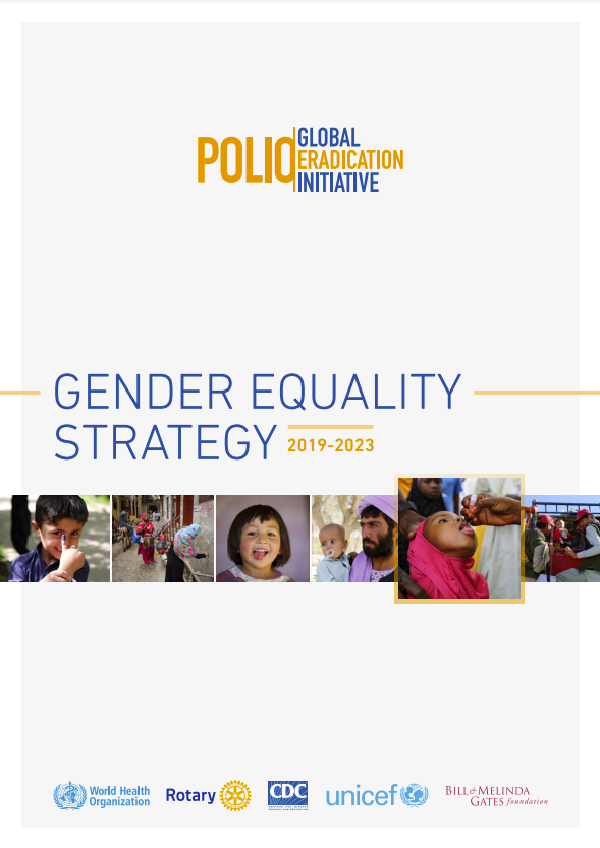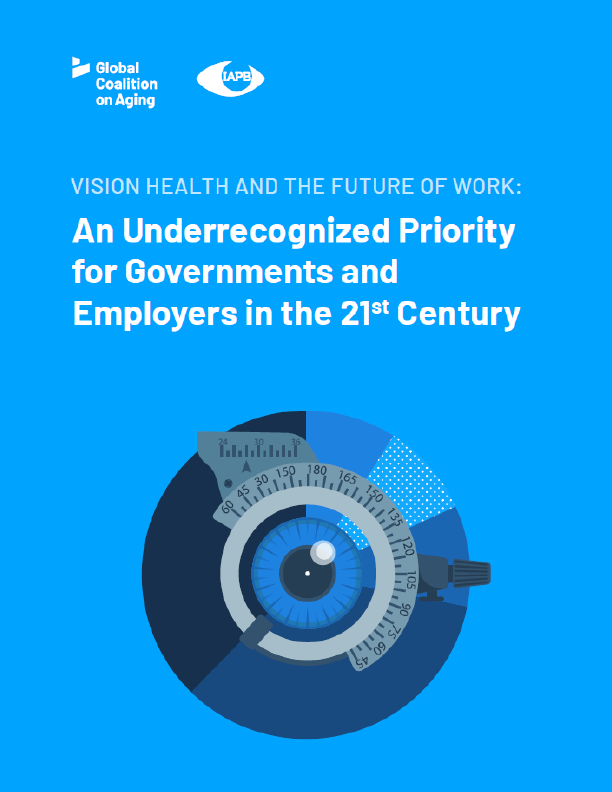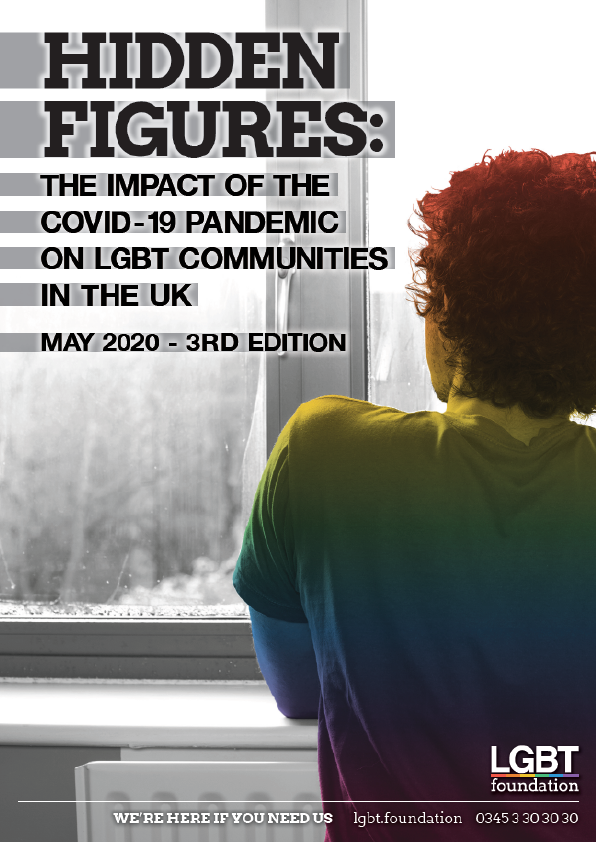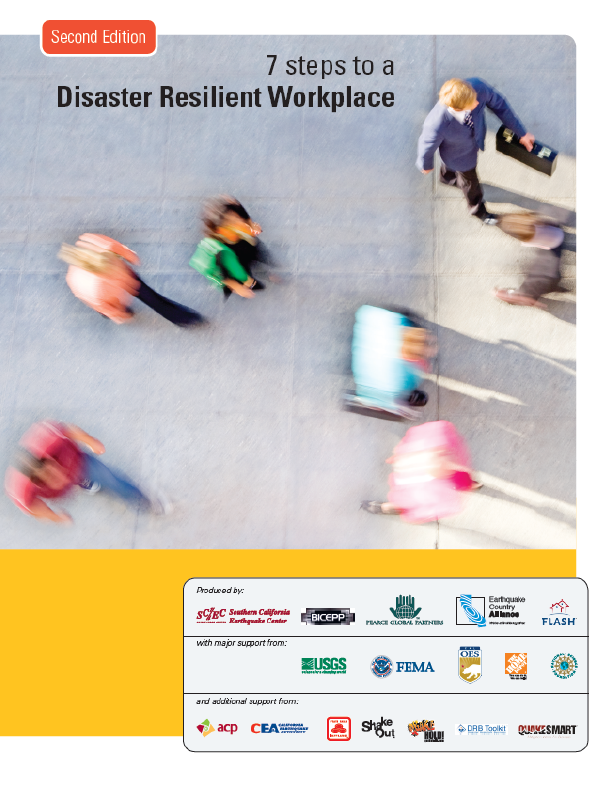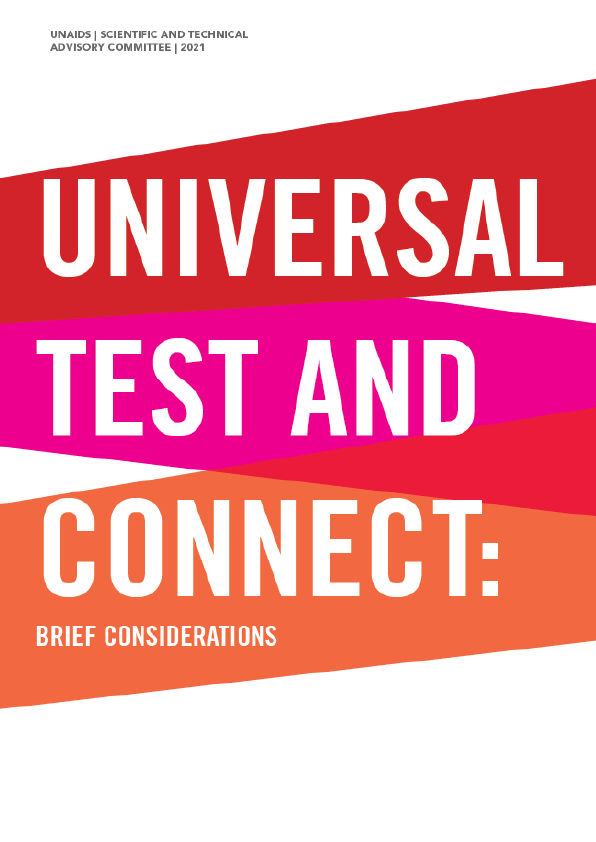The GPEI is committed to advancing gender equality and the empowerment of women in its efforts to eradicate polio. The GPEI supports national partners to accelerate their progress towards polio-free status, while upholding progress on the achievement of the Sustainable Development Goals (SDGs), by identifying and responding to gender dimensions of polio eradication. The GPEI collectively works towards identifying and addressing gender-related barriers to immunization, and recognizes and addresses the diversity of people’s specific needs, challenges and priorities so that our work equally benefits girls, boys, women and men, and people with diverse gender identities.
The GPEI seeks to foster a professional work environment where gender equality and the empowerment of women are actively promoted by staff in all aspects of institutional processes and programmatic work. It is committed to progressing towards gender parity, increasing women’s meaningful and equal participation at all levels of the programme, and to providing a safe, inclusive and respectful work environment for all staff, contractors and partners working towards a polio-free world.
Gender roles, norms and inequalities, along with other factors such as age, race, socioeconomic background, disability, religion and caste, operate as powerful determinants of health outcomes. To reach every last child and achieve a polio-free world, the GPEI is committed to identifying and addressing genderrelated barriers to immunization, communication and disease surveillance and to advancing gender equality. The GPEI also recognizes that gender-equitable organizations are more effective in delivering results and producing better outcomes.
The Gender Equality Strategy 2019–2023 reiterates the GPEI’s commitment to putting gender equality at the core of its programming and ensuring the equitable participation of women and men, girls and boys, benefiting all and enhancing programme quality and sustainable outcomes. This document outlines the GPEI’s global strategy for gender-responsive programming with a five-year time frame (2019– 2023). It is designed as a guide for headquarters, country and regional programme and management staff and partners to integrate gender into their work. The Gender Equality Strategy defines how the GPEI approaches gender issues externally and internally, in its programming, working culture, organizational and management structures and systems. The goal of the Strategy is to generate change in the way the GPEI integrates gender issues into different aspects of its work and to deepen and improve knowledge and best practices across the GPEI.
The specific objectives of the Strategy are to: (1) promote the integration of a gender perspective into various aspects of the GPEI’s programming and interventions as well as organizational and management structures; (2) support countries in addressing gender-related barriers to polio vaccination to increase vaccination coverage; (3) increase women’s meaningful participation1 at the diverse levels of the polio programme to work towards greater gender parity across the partnership; and (4) create gender-equitable institutional environments.
The present Strategy is designed to support the work carried out by GPEI staff and contractors at headquarters, at regional offices and at the country level, as well as by the GPEI oversight, advisory and management bodies. It is also useful in informing GPEI partners at the country, regional and headquarter levels, including national governments, donors, United Nations (UN) agencies, nongovernmental organizations (NGOs), civil society organizations and other cooperating partners, about the GPEI’s approach and focus areas on gender.
This Strategy is based on an inclusive and consultative process across the partnership. It builds on the results and feedback obtained through a comprehensive baseline assessment of the GPEI’s current state of gender responsiveness, conducted in 2018, including an online survey completed by 634 GPEI staff working in the five GPEI organizations in the polio-endemic countries, regional offices and headquarters, as well as national governments.
An action plan, including a communication plan, will jointly be developed by GPEI organizations and offices to operationalize the Strategy. A monitoring and evaluation plan and assigned responsibilities will be tailored to meet the specific needs and challenges encountered within different country contexts.
